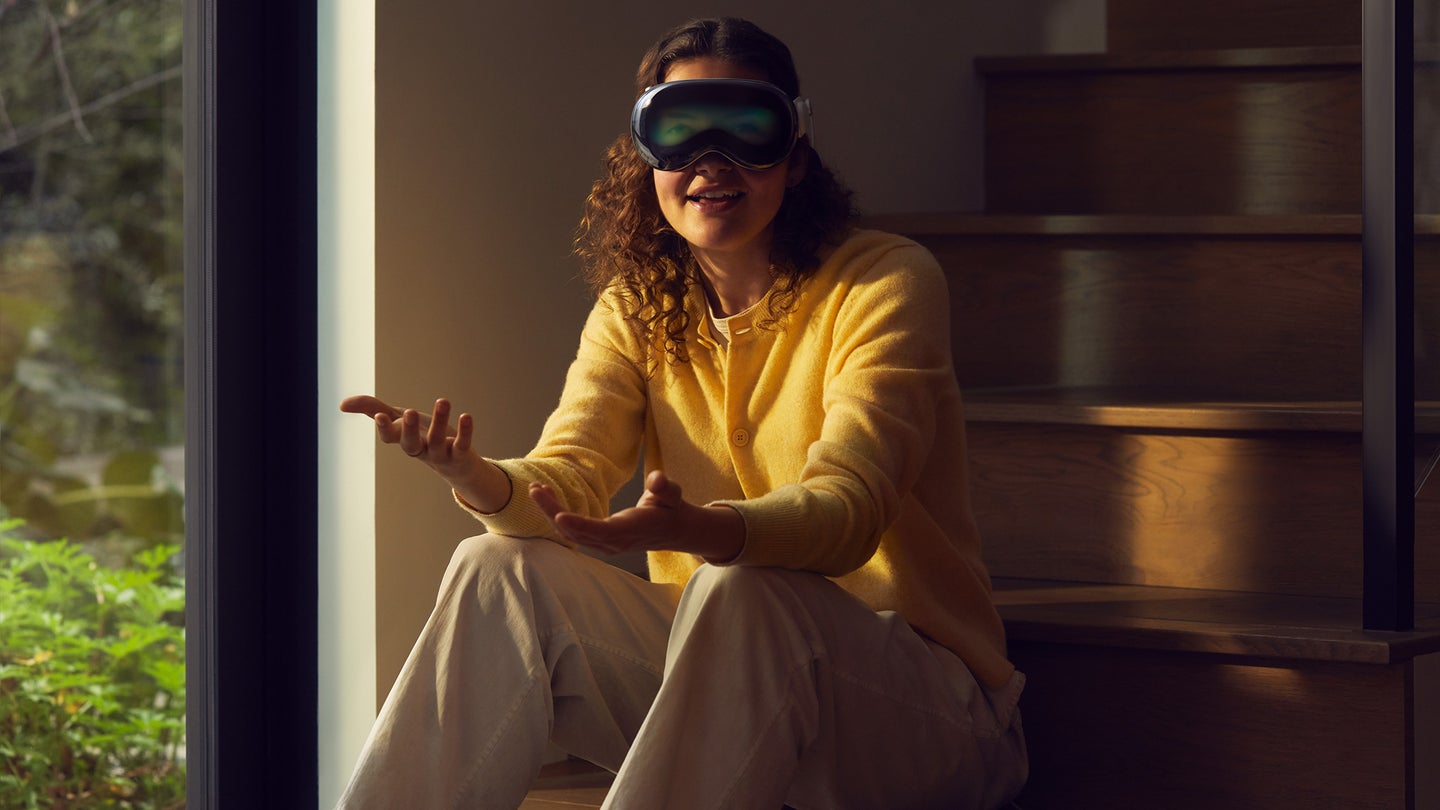
Virtual reality and augmented reality are two closely-related terms that have been common in the consumer tech space for years. Both are considered forms of extended reality, and rely on devices with screens such as a pair of glasses or goggles like the now-defunct Google Glass, the Meta Quest, and now Apple’s Vision Pro. While some devices offer strictly VR or AR features, many fall somewhere on the spectrum between the two and offer a mixed-reality experience.
With the availability of consumer VR devices, Apple’s forthcoming Vision Pro, and AR experiences on smartphones, the terms can get confusing. Here are some basic tips on how to tell the differences between virtual reality, augmented reality, and mixed reality.
What is virtual reality?
Virtual reality (VR) is a fully generated digital world that supersedes your immediate external environment. You might be sitting in your living room, but while immersed in a VR headset, you can be on another planet, in a race car speeding around a track, or even at a meeting with coworkers. (A related and perhaps questionable concept is the metaverse, as envisioned by Mark Zuckerberg.) Virtual reality headsets like the PlayStation VR 2 and Meta Quest 2 aren’t as immersive as the ones depicted in the science fiction worlds of Ready Player One or Snow Crash, but they still can offer an experience that feels like you’re in a different space from your physical location.
Virtual reality headsets have a built-in screen and use lenses to send each of your eyes a slightly different picture. There are also a number of sensors built-in to track your head position. Combined, they create the impression that you are surrounded by a three-dimensional reality that allows you to look around. When you move your head, your viewpoint shifts naturally. (This is one of the areas where early VR attempts, like the Virtual Boy, failed.)
Crucially, you typically need to use hand controllers to move around beyond a few steps in virtual reality, or to manipulate virtual objects. As a result, virtual reality is mostly limited to gaming, viewing 3D videos, and the like.
What is augmented reality?
Augmented reality (AR) is a virtual layer added on top of the real world. Instead of being totally immersed in computer-generated digital surroundings, you mostly see the real world with a few virtual additions. These can be anything from pop-up notifications and directions to where you’re going to an icon displaying the speed you’re skiing at or instructions on how to service an engine.
While there are AR goggles like the Microsoft Hololens that overlay your field-of-view with floating apps, those are mostly used for commercial purposes. The way most consumers access AR is through a smartphone.
The game Pokémon Go is probably the most famous example of phone-based AR. The app uses your smartphone’s camera to display your surroundings on screen, which it then overlays with Pokémon characters. You can move around or turn your phone to change where you’re looking. Other AR apps include IKEA Place, which allows you to preview virtual furniture in your home, and Google Lens, which can do things like overlay a translation on a menu in a different language. Apple’s Measure app, which allows you to use a screen-based tool to measure the length of real-world objects, is another good example.
What is mixed reality?
Mixed reality—which is sometimes abbreviated to MR, although that’s not as widely accepted an acronym as VR or AR—is when VR goggles incorporate augmented reality features. Essentially, VR goggles like the Meta Quest 2, Microsoft Hololens 2, and Apple Vision Pro also have forward facing high-definition cameras that allow them to display the real world on their screens, along with some additional information.
The Vision Pro, for example, will default to showing your real surroundings but overlays interfaces from virtual apps. If you want, you can twist a dial to be taken more into virtual reality where your surroundings are replaced with something else, or stay largely in the real world. (Apple has taken to calling its approach to mixed reality spatial computing.)
What is extended reality?
Extended reality, or XR, is simply the catchall term for virtual reality, augmented reality, and mixed reality. If you can’t decide whether something is strictly virtual reality, mixed reality, augmented reality, or anything else along the spectrum, you can just call it XR.
The post What’s the difference between VR, AR, and mixed reality? appeared first on Popular Science.
Articles may contain affiliate links which enable us to share in the revenue of any purchases made.
from | Popular Science https://ift.tt/25fOSdn




0 Comments